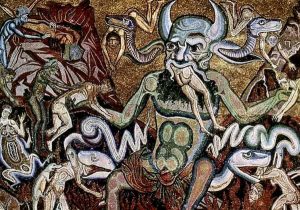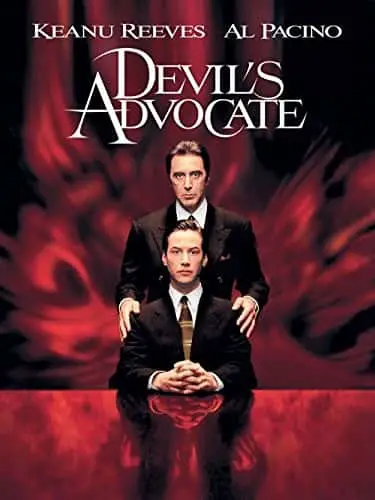Micro droplets suspended in air.
Can very small droplets, i.e. micro-droplets or aerosols, slowly fill a closed area with viruses?
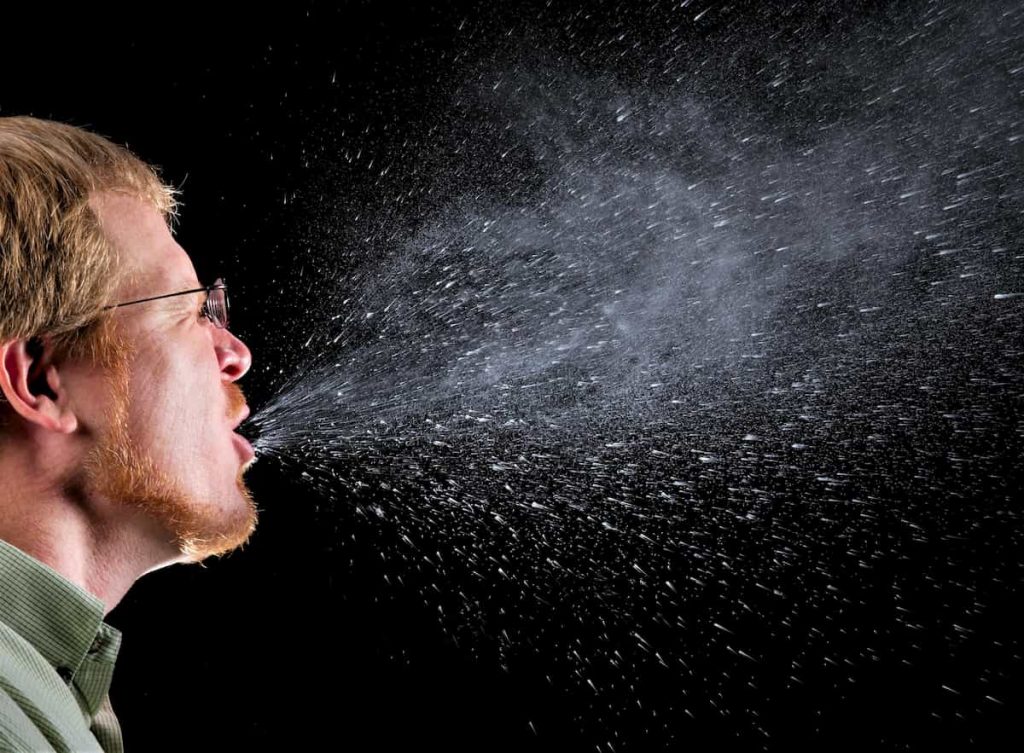
Micro droplets suspended in air.
This is another topic that is difficult to address. I am not a virologist or an immunologist, so I can’t speak from an authoritative point of view. All my sources are, as usual, referred at the bottom of the page. The article is about the aerosols and if they can transmit the virus SARS CoV-2 or not.
Here’s a link to the WHO’s advice for the public on how to stay safe during the Pandemic.
What does it take for a virus to be able to travel from one human to another?
A virus is very small, under a half micrometer. The virus SARS CoV-2 is 80-160 nanometers (nm), or 0,08 to 0,16 micrometers (µm), or 0,00008 to 0,00016 millimeters in diameter, Keep this in mind for the next step.
The virus lives inside our body, but after some time it will need to move on. It gets fed up with just making one person suffer, and it starts spreading. It will travel from one individual to another. The virus is most prone to transmit the disease to another person from 1 – 3 days before the first symptom till a week after in patients with mild symptoms and longer if the person have persisting symptoms.

And viruses can not fly, but they can travel on anything as long as it has a reasonably flat surface, is not too cold and not too hot. Normally they reach the other host, riding on things like feces, blood, sperm, mucus or simply by riding on the humidity of the expelled air. How they do this is a question about strategy, and every virus has one or more specific ways of transmission.
So how does SARS CoV-2 move around?
The absolute majority of the transmission of the SARS CoV-2 virus is thought to be by mucus and droplets, formed by the humidity of the air when we breath out. Either by symptomatic patients who sneeze and cough, or by pre-symptomatic or asymptomatic persons who just do their normal things, talk, touch, hug, exhale, and are being close in general. The virus can stay on a surface for many hours, days even until someone touches it and then scratches his mouth or nose. It survives longer on plastic and steel than on fabrics f.ex. And through the nose, mouth, ears, or eyes, the virus gets access to the mucous membrane of the new host.
When someone breathes, humidity comes out from the mouth and shoots into the air. The humidity that you can feel inside your face-mask or you can see if you breathe on a cold window-glass, is actually millions of very small droplets of humidity. If the person is infected with a virus, then these droplets will contain that virus.

Now, with more knowledge and the use of personal protective equipment, this way of transmission is getting more difficult for the virus. We still don’t always know who is ill and who’s not, though, so we don’t know exactly who to stay away from. The testing is still a little behind, so we have to practice social distancing with everybody, just to be safe, and not let anybody come closer than 1, or 2 meters (6 feet).
But, are we absolutely sure that the virus can’t reach us at 6 feet?
To understand this issue we have to know two things:
- Can the virus travel with very small droplets, i.e..micro-droplets or aerosols?
- Do we produce aerosols when we breathe, or are they just the bigger drops, those who fall to the ground?
What is an aerosol?
An aerosol is a droplet that is smaller than 5 micrometers (5 thousands of a millimeter). Remember that the Coronavirus is 0,08 – 0,16 micrometers.
 Aerosol or micro droplets suspended in air.
Aerosol or micro droplets suspended in air.
The first thing to clarify is if the virus can travel on aerosols, or only on bigger droplets.
By definition, aerosols are droplets in air (or in a gas) of solid or liquid particles, small enough that they remain airborne for prolonged periods because of their low settling velocity. For spherical particles, settling times (for a 3-m fall) are:
- 10 s for a particle of 100 μm diameter.
- 4 min for 20 μm
- 17 min for 10 μm
- 62 min for 5 μm.
- A particle with a diameter of less than 3 μm essentially does not settle.
Do these micro droplets suspended in air actually carry the virus?
Unfortunately, we don’t know everything about this new virus… Maybe we don’t even know very much. At the beginning of the Pandemic, almost all of our information came from knowledge of other, similar viruses. And from there we have the first piece of the puzzle. The SARS CoV-1, the virus that caused the outbreak of SARS in 2003 in Asia, traveled with aerosols through the air. This was confirmed by a number of studies and was regarded as the main, or one of the main transmission routes in indoor cases.
Many other viruses have been confirmed to be able to transmit through the air as well.
Recent studies on this specific coronavirus show that it can travel on very small micro droplets suspended in air, down to diameters of less than one micrometer. It can travel even without the droplet once it’s in the air, but it has to be pushed out together with something to start moving, and that something can be a very small droplet.
But how many viruses can travel with a micro droplet? Is it enough to make you sick?
And here we stumble on more things that we don’t know exactly. But new information becomes available as we move on. The department of Homeland Security in the US expects the infectious dose to be somewhere between 10 and 10.000 viruses. The exact number varies and it’s imprecise, but it’s obvious that you don’t really need a lot of viruses to get ill… At least not necessarily.
Lately, it’s also become clear that the more viruses you are exposed to, the higher the probability for you to catch the disease… And the higher the probability to develop sever symptoms.
Any way you look at it, it’s important to reduce the number of viruses to a minimum.
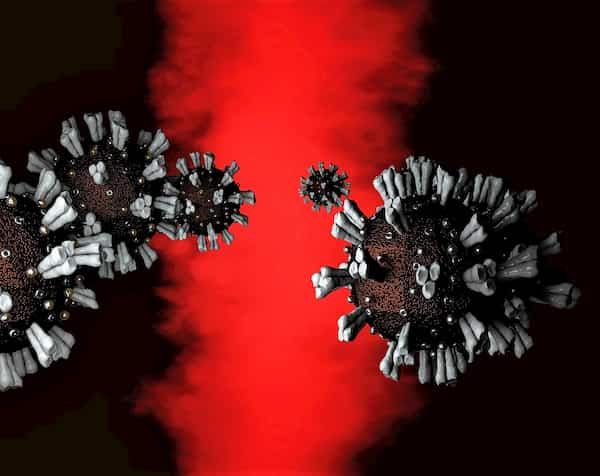 How many micro-droplets does a normal person cough out?
How many micro-droplets does a normal person cough out?
Every time we exhale, droplets flow out of our mouths. When we cough or sneeze, a strong current of air is produced, and with it, there will inevitably be droplets. These droplets diminish in size as soon as they come out, as some of the liquid evaporates. They become smaller. A very small aerosol typically dries out completely a short time after being expelled, but that depends greatly on temperature and humidity. A completely evaporated droplet leaves the virus hanging by itself in the air, so-called droplet nuclei.
The same document from Homeland Security states that a human being normally expels between 100.000 and 10 million viruses an hour, by breathing. But that’s what comes out of the mouth. If you stand far away, then the virus concentration is diluted.
The droplets come in all sizes. Some are big and fall to the ground very fast, some are smaller. The distance a droplet can travel also depends on the force with which it is thrown out. A sneeze has a big push behind it and can travel as far as 25 feet (8 meters).
But back to the micro droplets suspended in the air. How many do we exhale with every breath?
Although we now have some ideas it’s still uncertain and very individual. But there are a few important considerations:
- Activating the vocal cords produce more particles.
- The higher the volume, the more you shout, the more droplets you produce, but the size distribution is the same.
- Some individuals expel more droplets of all sizes than their peers. And others have a higher viral load and emit more viruses in the droplets. These are sometimes referred to as super-spreaders.
The special case of choral singing.

Taking all this into consideration, it’s obvious that choral singing is a very high-risk activity. In a rehearsal situation, many singers are sitting close together producing huge quantities of aerosols. If the ventilation is poor, the rehearsal goes on for maybe an hour or more, and the singers don’t use masks (as it can be difficult to sing with the mouth covered), it would be a very dangerous thing to do.
Singing also means a different type of breathing, and a longer time for the virus to interact with the tissue in the lungs, bronchus, and the throat.
Think of it like smoking. If a smoker sits in the corner of the room, you feel the smell. But if 70 people smoke uninterruptedly in a rehearsal room for an hour and a half, and maybe with closed windows, it will be very difficult to escape.
In fact, there have been quite a few cases where one single person who was positive infected a large part of the chorus after only one rehearsal. It happened in Amsterdam, Berlin, Washington, and other places. Now, some countries have banned chorus rehearsals altogether.
So, what can we do?

In autumn 2020 more and more national health authorities, as well as the WHO have confirmed the danger connected to aerosols. These findings are difficult for many, more difficult than mask-wearing and hand-washing. If the virus can remain for hours in a closed environment, then restaurants, bars, shops, buses, all will need additional security measures. If it’s not enough to stay far away from people, and you can catch Covid just from entering a room, then it will be much harder to defend yourself. We would need to monitor all the others, not just ourselves
But hey, I’m no expert on this… I do think, though, that we might have to stay aware of this particular risk and keep our guard up. I believe the metaphor about smoking is right on topic. If one smoke, than you can move away. But if a lot of people smoke and all the windows are closed, than it doesn’t really help to stand six feet away.
Wearing a surgical mask, or even a home-made one, if it’s put on correctly, can reduce the number of droplets coming out from the mouth and nose radically. It’s mostly something you do to protect others, not yourself, even if it gives a little protection also to the bearer. It’s something we have to do together, as a sign of respect to our fellow human beings.
If you want to protect yourself, you need to wear a filtrating mask, N95, KN95, FFP2, or similar.
And good ventilation is crucial. Outside is safer than indoors, open windows are much safer than closed ones.
And as said before, maybe we have to look at the famous two meters, 6 feet in a different light. 6 feet is still better than 3, but 9 feet is better than 6. There is no magical limit where you can feel safe and drop all your guards. It’s mostly about probability… If all of the people wear masks it’s better than half. But at the end of the day, if I’m the only one wearing the stupid mask, it’s still better than if no one does…
Yes, very small micro droplets can carry the virus very far from the source, and stay suspended in the air for a long time… Under certain conditions indefinitely.
sources
- Review of Aerosol Transmission of Influenza A Virus
- Respiratory droplets
- Aerosol and Surface Distribution of Severe Acute Respiratory Syndrome Coronavirus 2 in Hospital Wards, Wuhan, China, 2020
- Transmission of COVID-19 virus by droplets and aerosols: A critical review on the unresolved dichotomy
- Airborne transmission of SARS-CoV-2: The world should face the reality
- Aerodynamic analysis proves potential COVID-19 transmission via aerosol: study
- Aerosol and Surface Transmission Potential of SARS-CoV-2
- See how a sneeze can launch germs much farther than 6 feet
- Aerosol emission and superemission during human speech increase with voice loudness
- WHO. Guidelines for the public

 Deaths per traveled mile.
Deaths per traveled mile.


 Boat – 2,6 deaths per billion kilometers.
Boat – 2,6 deaths per billion kilometers.


 Columbus and his strange and controversial ideas.
Columbus and his strange and controversial ideas.






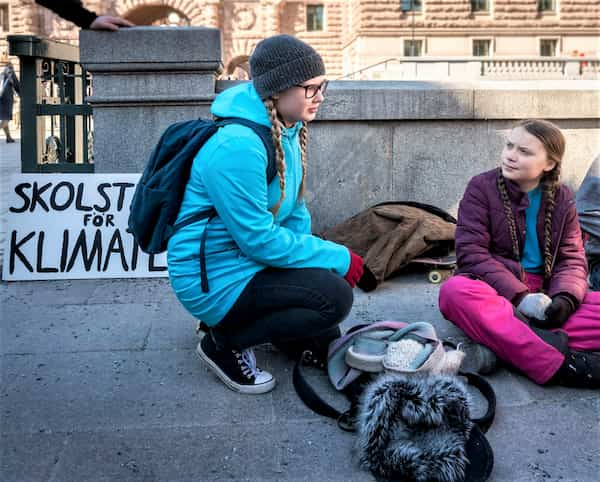


 The viral photo with President Trump.
The viral photo with President Trump. A 15-year-old girl doesn’t need a motive for trying to save the planet.
A 15-year-old girl doesn’t need a motive for trying to save the planet. 

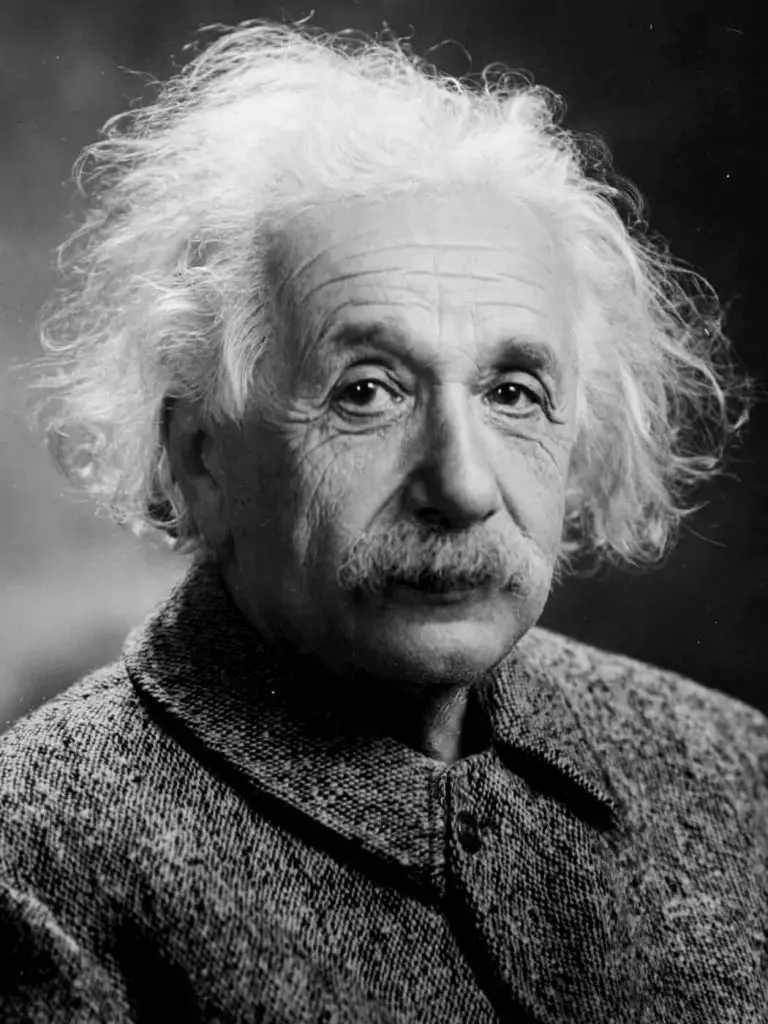





 A short history of the magical beverage.
A short history of the magical beverage.

 But let’s talk about the energy boost, and that’s mostly linked to Caffeine.
But let’s talk about the energy boost, and that’s mostly linked to Caffeine. What?
What?









 A local God for a Local tribe…
A local God for a Local tribe…




